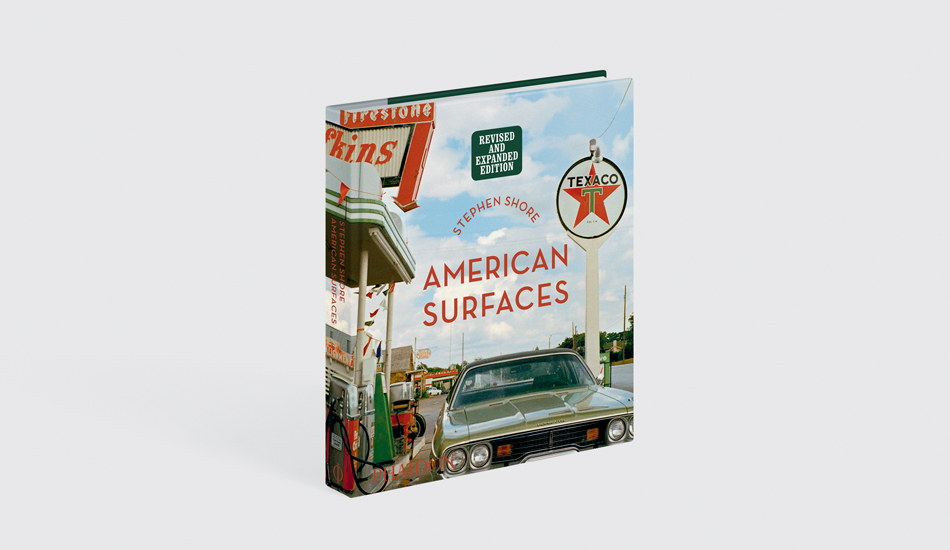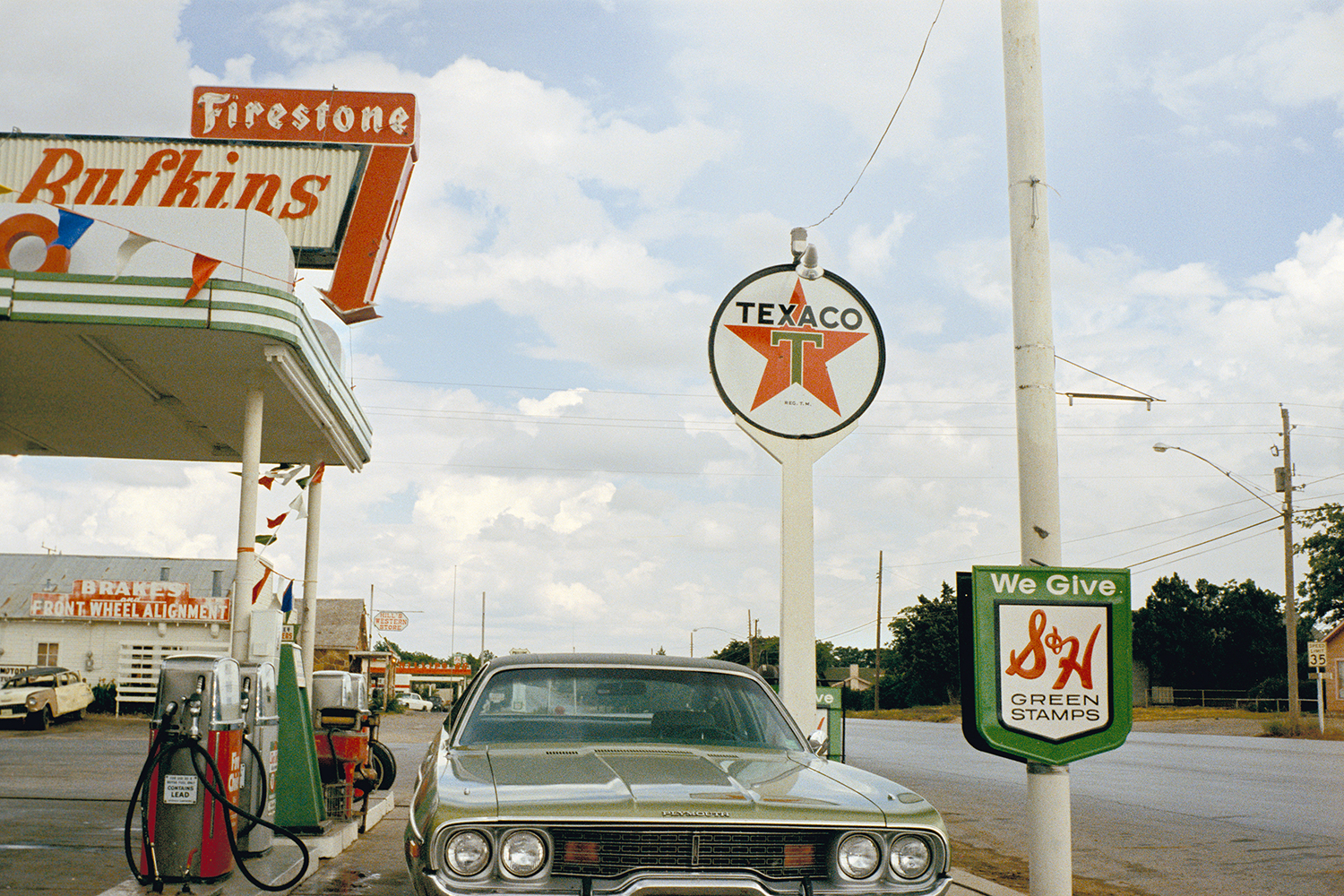
INTERVIEW: Stephen Shore: 'I wanted to find America, but I think I was finding myself too'
In part one of an extensive three part interview to celebrate the expanded edition of American Surfaces, the legendary photographer reflects on a series of images that changed the way we look at photography
One of the unexpected joys of leafing through our newly updated version of Stephen Shore's photo book American Surfaces is how you can freewheel through a time and a place – early 70s small town America – that, in some ways no longer exists, yet thanks to the things that Shore chose to focus on, seems ever present.
Perhaps that's to do with the level of innovation the photographer quietly brought to the project. American Surfaces as a collection (and it was only sold as a collection at the time) was not about the nobility of man, neither was it a kind of social criticism. Instead, these were photographs of restaurant meals, of motel beds and television sets - photographs of toilets, even.
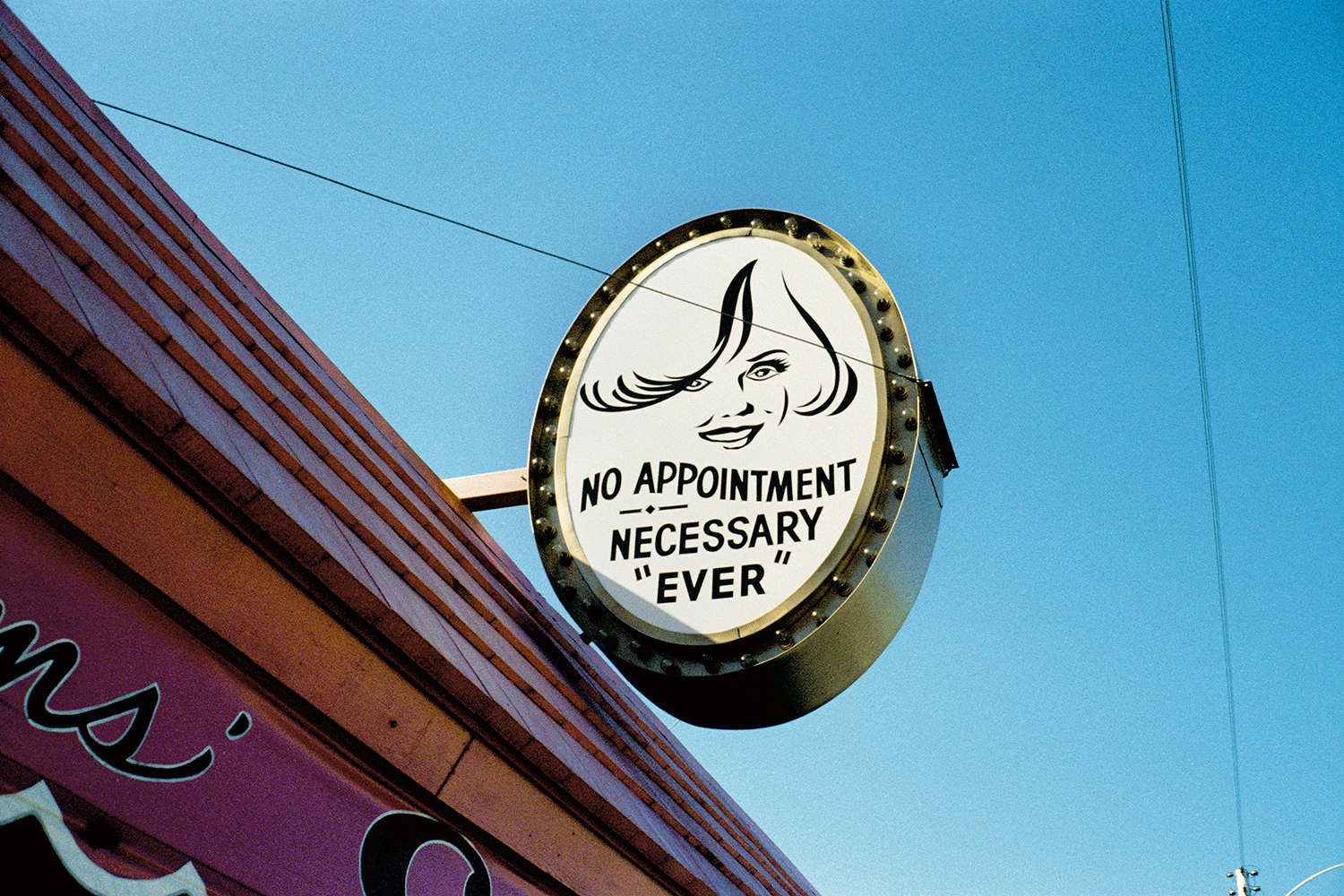
Photography's compositional rules were studied then studiously ignored. Where there was a subject, Shore placed it in the middle of the picture.
Shore even sent the original prints away to Kodak to process, like any American amateur photographer might. (Though he meticulously rescanned the negatives for our new book - which, incidentally, includes forty previously unpublished photographs). In short, American Surfaces violated just about every tenet of art photography - and spawned a whole new genre in the process.
In part one of a three part interview with the legendary American photographer we retrace his steps and find out what was going on in his world at the time. When Shore set out on that road trip across America he essentially set out to "take a screenshot of his field of vision".
Understandably, when we spoke to him a week ago, in common with all of us, the scope of that vision had necessarily reduced somewhat - "I have a six acre yard at our house and I go for walks, each day!" he told us. But his pioneering spirit remain undiminished (check out his instagram for proof of that).
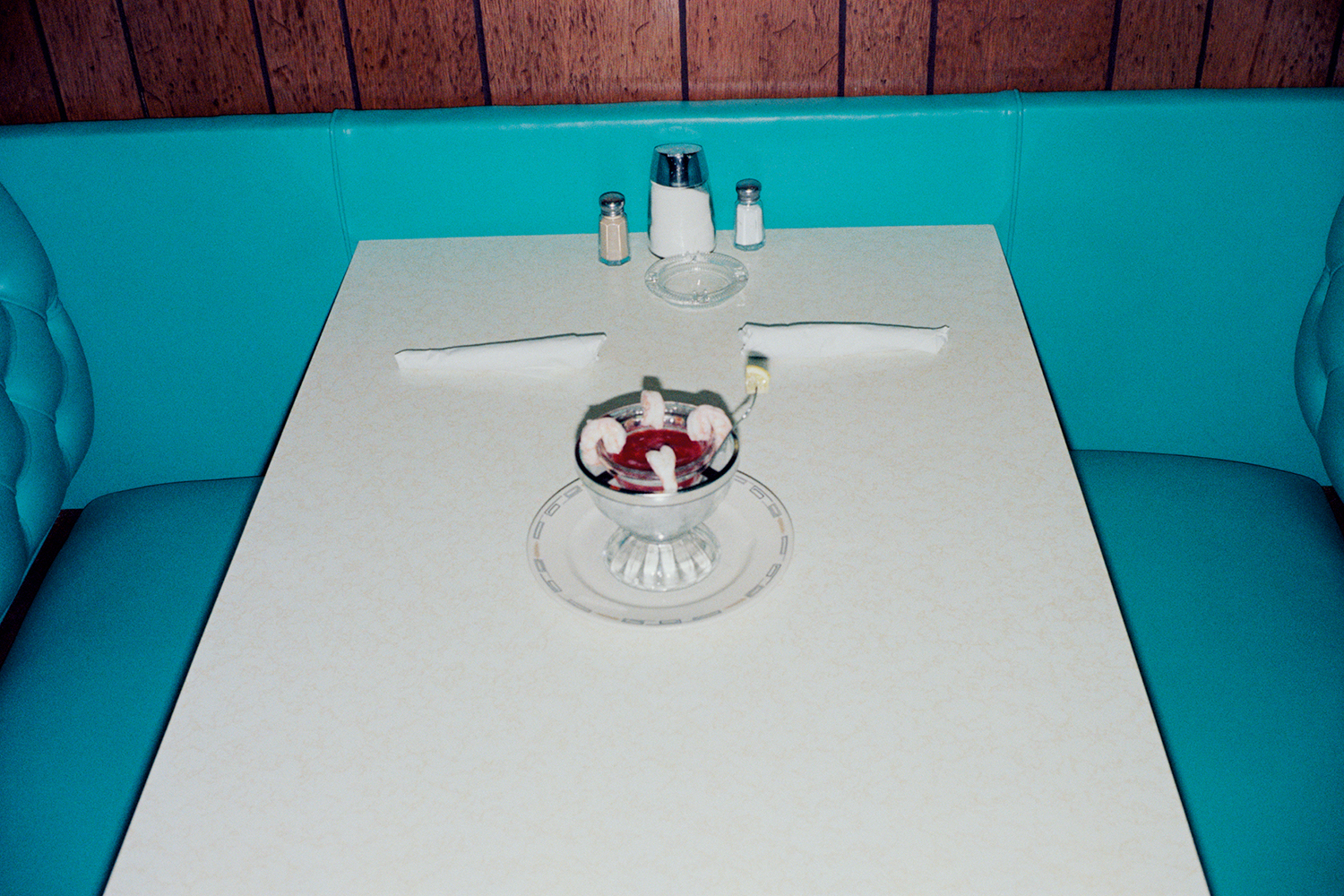
Did you have a plan when you set out on that road trip in 1972?
"I think there were two or three plans two before I set out, and one I formalised shortly after I started. The first was that I was interested in making pictures that looked like the way I saw things, rather than making pictures that looked like photographs. They were more composed like seeing - that had been on my mind before I started the project.
"The second thing was that the title, American Surfaces was on my mind before I started too. My other major project in the Seventies was Uncommon Places and that title happened when I sat down with the publishers and we had to come up with a title.
"But American Surfaces was different. That was always the title of the project and it meant something and so it affected what I photographed. Then, the third aspect that happened within a couple of days of my getting in the car and taking this trip and starting to photograph things, was the idea of a visual diary."
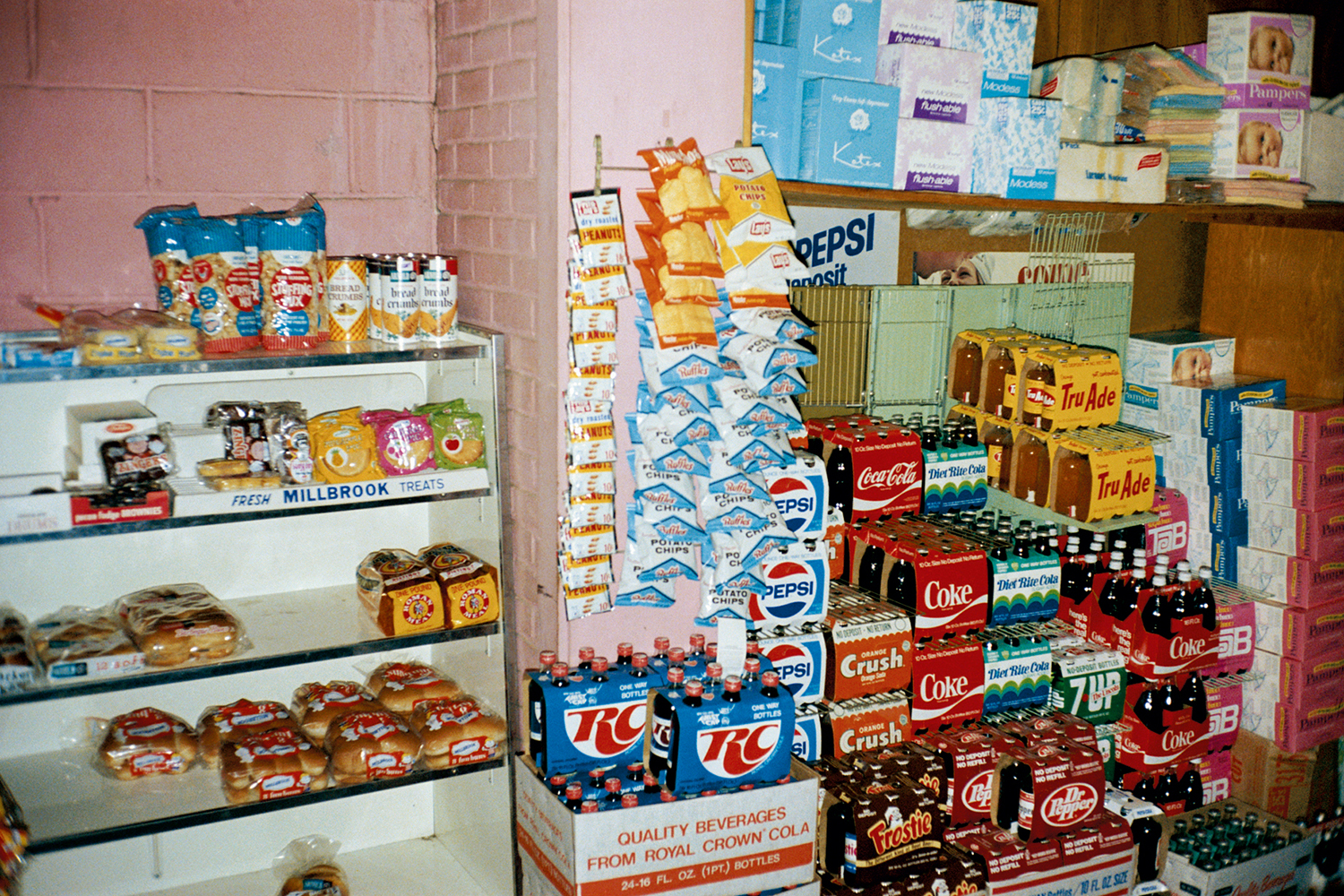
"In trying to think about taking pictures of what it was like to see, it meant paying attention when I was seeing moments that were not dramatic. So I was looking at things like the food in front of me, or sitting on a bed watching television in a motel, that were not traditional subjects of photographs but because I was aware of my seeing. This was what was on my mind. So I started taking those photographs and realised within a couple of days that a visual diary was in formation."
Where you trying to find America or yourself – was there an existential element to it?
"I wanted, in a certain way, to find America. But, yes I think I was finding myself too. I think what I was doing was defining it through a framework of serial imagery. If you think about what I had been doing shortly before – there were conceptual sequences and this is what my show at the Metropolitan Museum was in 1971, the year before I started American Surfaces. I was interested in sequences and serial imagery.
"And then you can see American Surfaces as, not rigidly, but to a certain extent, 'a series of series'. There are the meals, the beds the television sets, there’s art on the walls, there’s residential architecture, there are shop windows, there are toilets, there are the people I met. And so I thought what I was doing was building up, rather than saying something about, America. I didn’t have a political axe to grind, it was a period of discovery. I thought the picture would be built through a series of sequences."
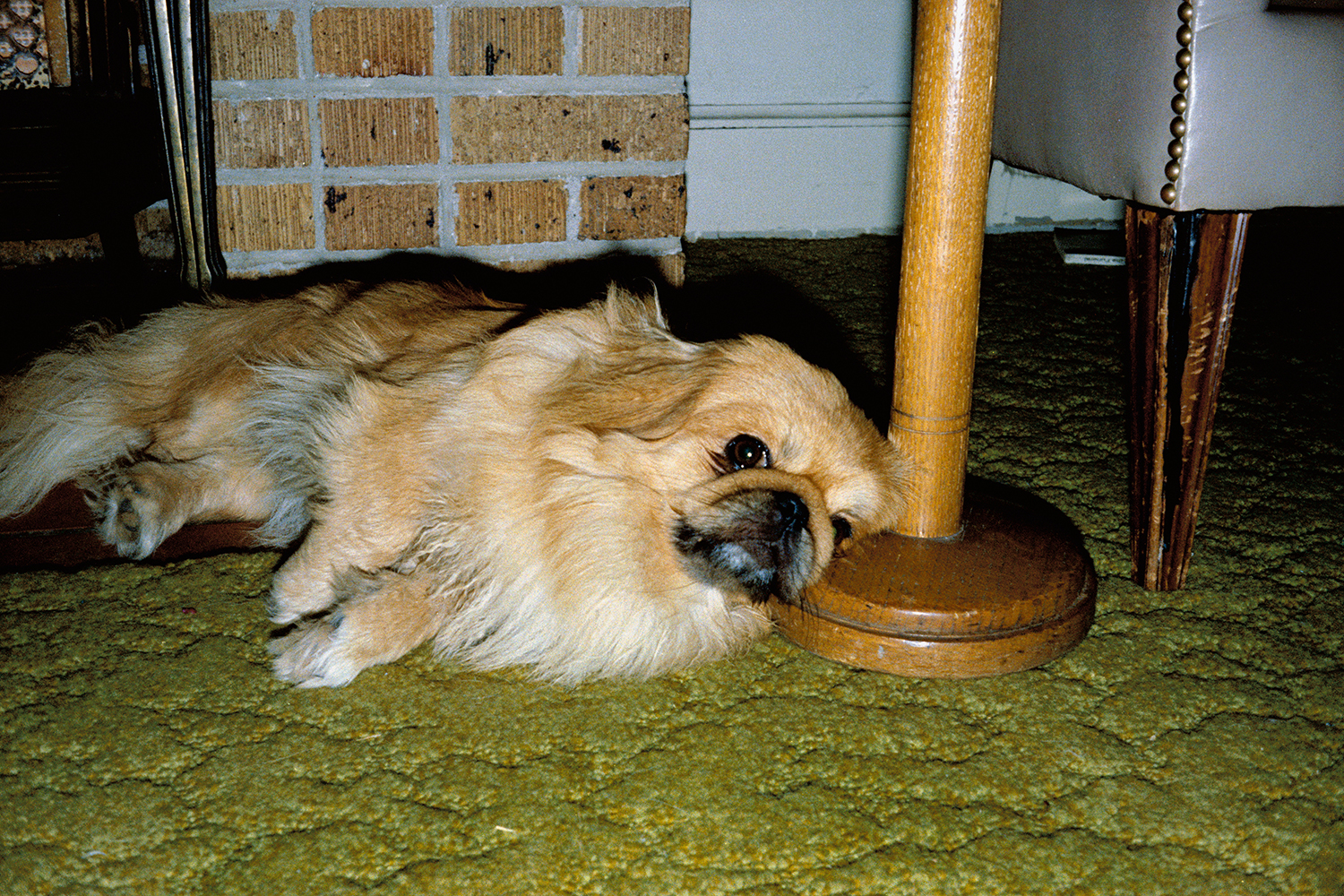
Was this something that was clear to you during the process, or was it something you've post-rationalised in the years since?
"This was clear to me within a couple of days. I understood it to be that the visual diary was going to be a series of sequences: that I was going to photograph all the meals I ate, everyone I met, all the hotel rooms that I slept in, the televisions I watched, the toilets I used and then walk around the towns and do the same kind of thing for the towns."
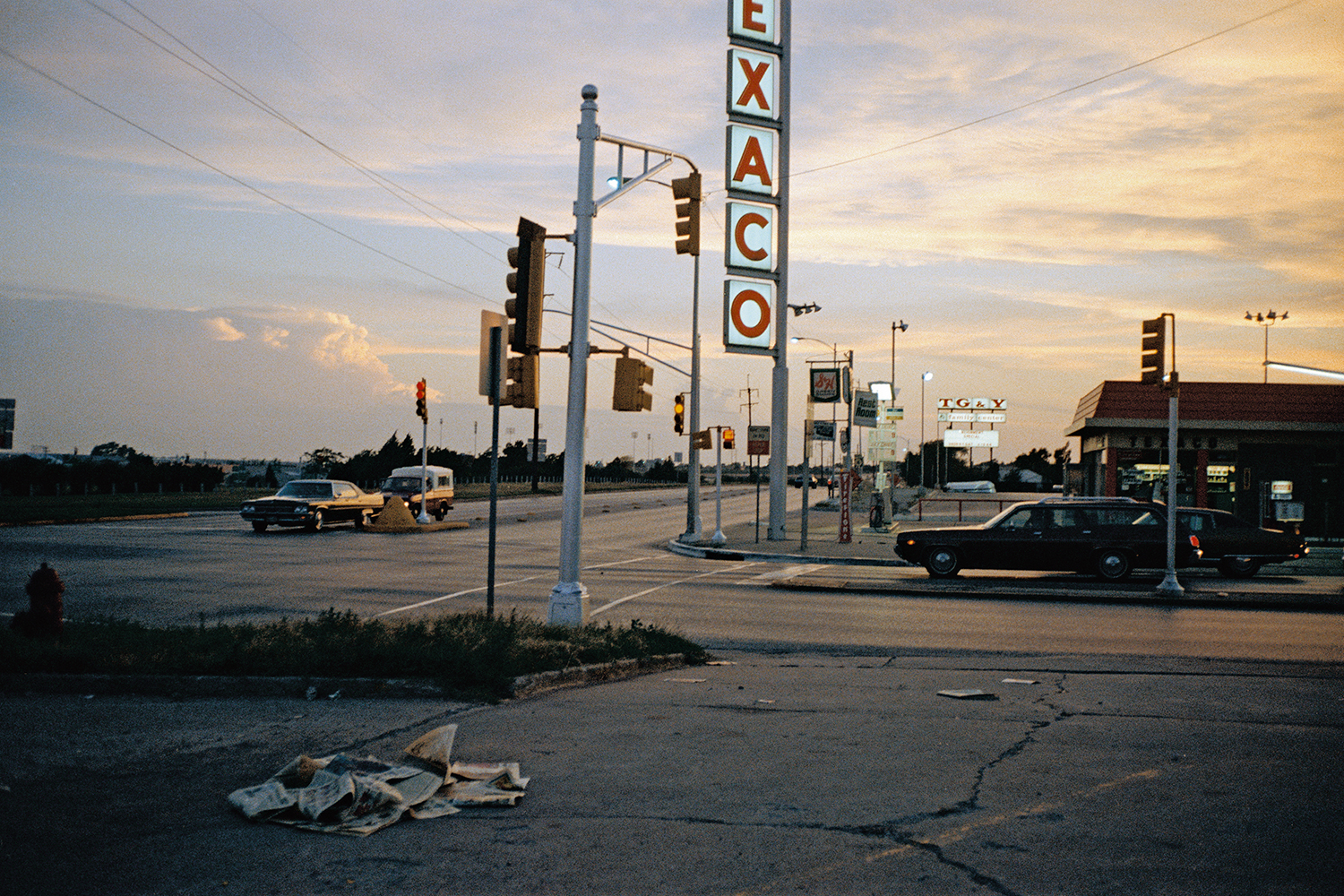
In a kind of way it seems you were making friends with those serial elements, creating things to latch on to. When you look at the photos in isolation they have a loneliness to them.
"Yeah, well you know, you’re raising something that makes me think of a situation that I was in then, but also throughout the Seventies. I did huge road trips, but particularly with American Surfaces it was a diary of my life, but it was about my life focused on the purpose of making the pictures about my life.
"This was not just about me having a job and I was taking pictures when I had breakfast in the morning and when I commuted to work or walked around my office - I was taking pictures of a life that was devoted to taking pictures of the life!
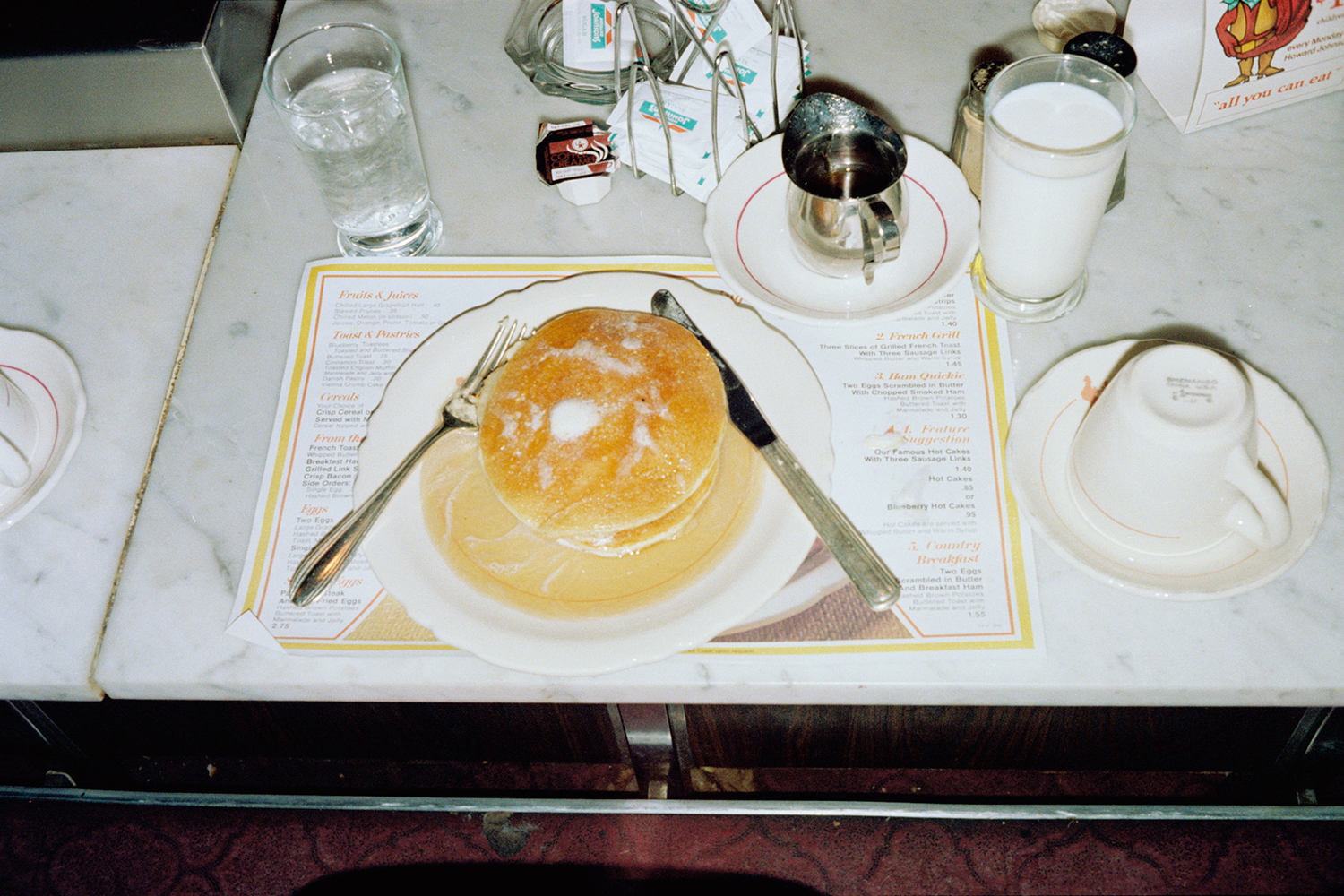
"And at the same time, travelling around and looking at the country was an exploration for me. I grew up in New York City, and almost all the travelling I had done was to Europe or to the West Coast.
"About three years before, I had started going to Amarillo, Texas, where I had friends and it was a part of America I hadn’t seen before. That made me realise that I wanted to explore what was in between the coasts."
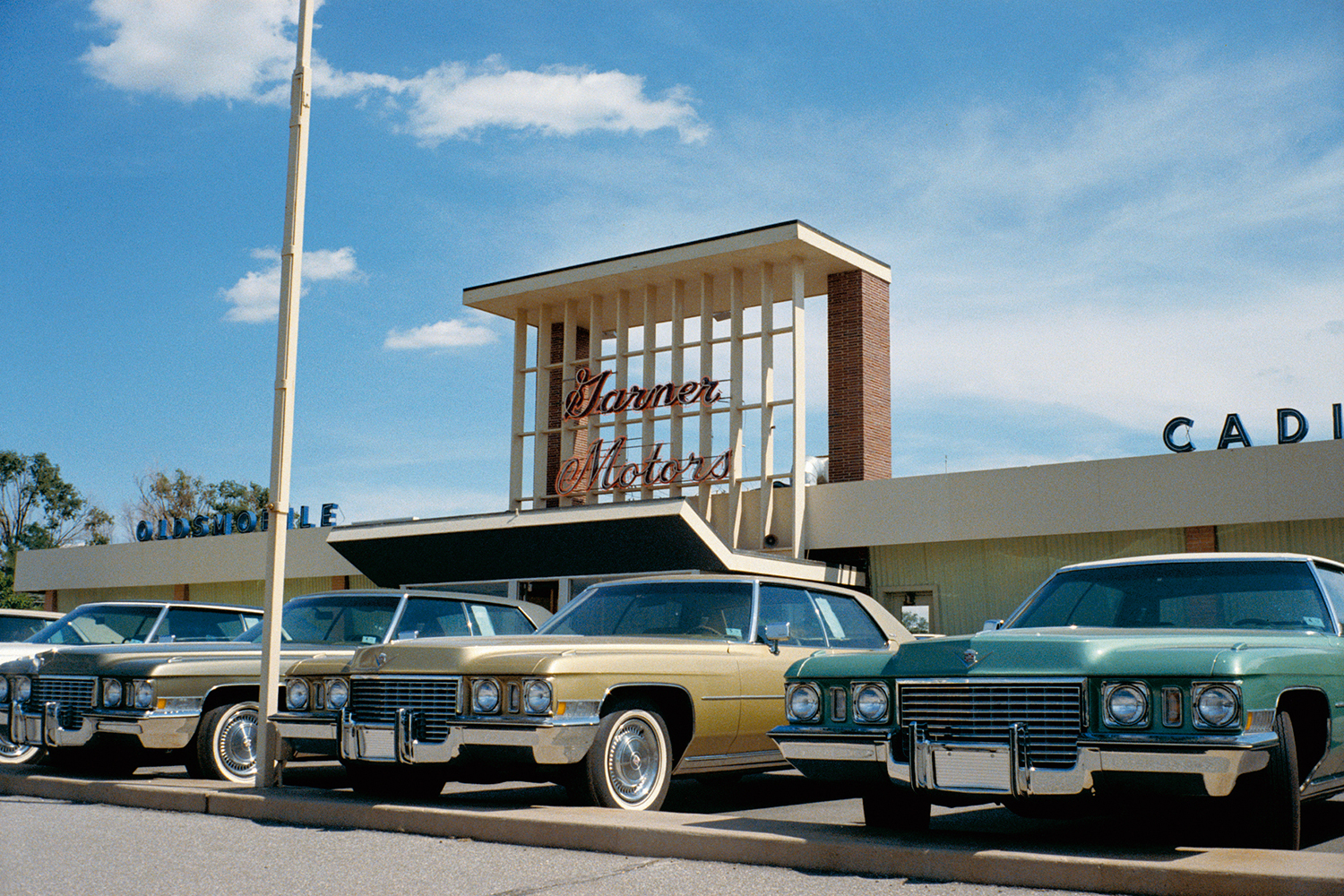
How much editing was done on the photos - as a body of work rather than individual pictures - or had you set restrictions so that a hard edit was unnecessary?
"The show took place in the fall of 1972 at the Light Gallery. It was up for three months from mid-September to mid-December. And the show was 200 pictures edited from many hundreds I had taken that summer. However, the project continued after the show; so if you look at the book there are pictures through the whole of 1972 while the show was up. I was continuing to do work. And even after the show came down and into 1973 I continued to do work. So the book covers a much larger scope and period of time than the show did.
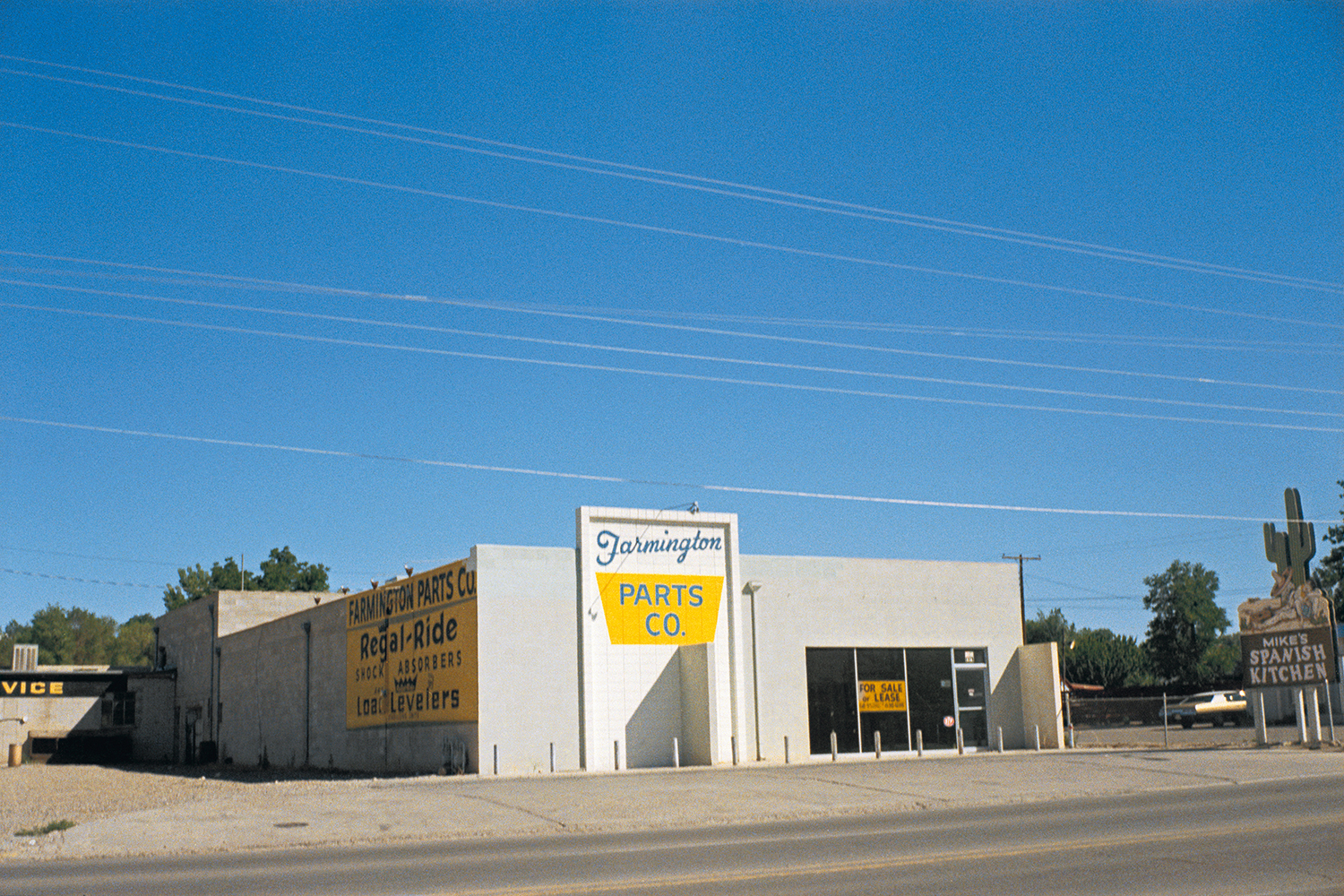
"I had switched to a view camera and that year I met and began my friendship with Hilla Becher, who I was spending time with in New York because her son Max was going to school there. And I had known her and Berndt’s work for a while. I saw their first show at MoMA and had gotten their first photo book, Anonymous Sculptures, as soon as it was published.
"Hilla told me that what I ought to do is photograph every main street in America and I remember my response was 'that’s what you would do Hilla! I want to photograph the quintessential Main Street.' And so that’s what I was looking for."
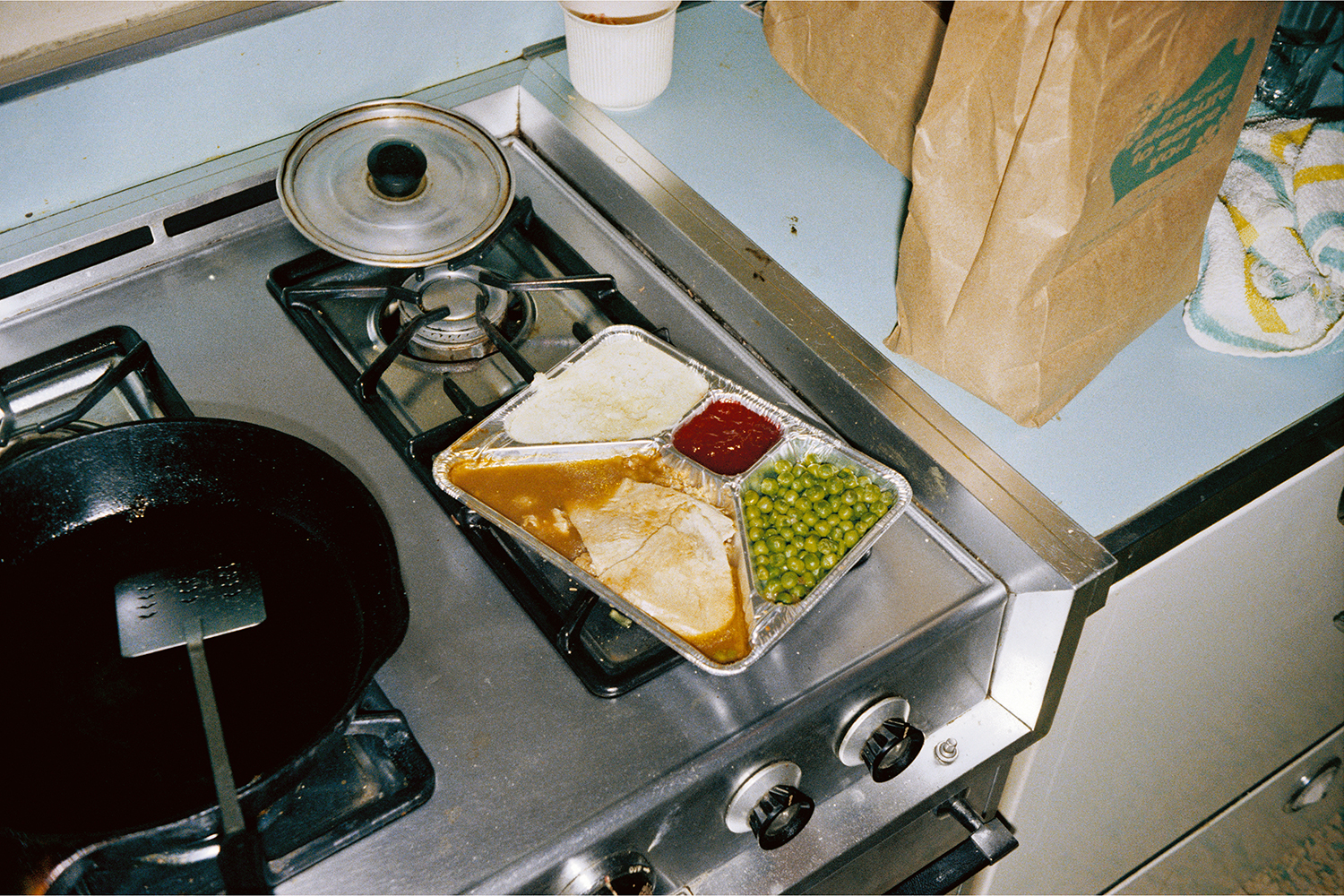
Buy a copy of our newly updated edition of American Surfaces here and check back in the coming days for part two of our interview with Stephen Shore.
